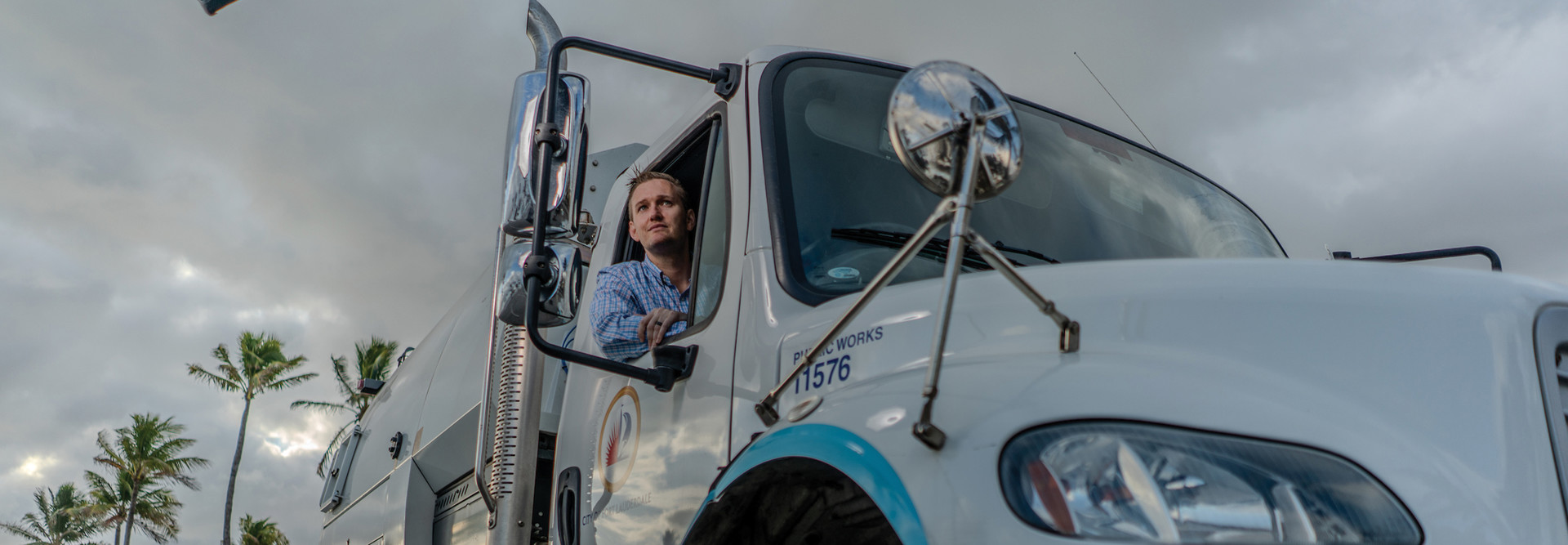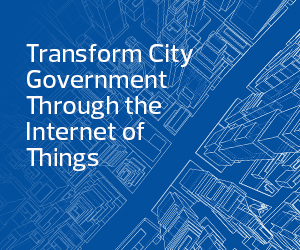“They drove too fast — 10 mph when they’re designed for 3 to 5 mph. So, we made adjustments, and now their performance is much improved,” Newstrom says.
Connected vehicles allow cities to enhance city services; address complaints more quickly; and operate smarter, faster and more efficiently, resulting in cost savings. Glendale, Ariz., for example, has installed technology in its garbage trucks to optimize routes.
“They’re doing this to meet customer service goals. They must manage the employees and ensure that they’re doing their jobs. They’ve got to be able to defend themselves if customers call and complain,” says Ken Dulaney, vice president of research at Aragon Research. “It’s an offensive and a defensive solution. It certainly has paid off, both in monetary terms and in terms of public relations.”
READ MORE: IoT technology is at the cutting edge of emergency services.
Internet of Things Supports a Smart Vehicle Fleet
Cities are increasingly investing in vehicle telematics technology, which includes sensors, GPS and video cameras, so that they can track, monitor and better manage their fleets of vehicles and drivers. It’s part of the growing use of smart city technology, which combines Internet of Things (IoT) devices, communications networks and software.
In 2018, Fort Lauderdale’s Fleet Services department installed the Samsara platform in its vehicles, including about 800 police cars, 150 firetrucks, three street sweepers, three garbage trucks, and other vehicles used by Parks and Recreation, Public Works, Parking Services, and other departments.
The gateway device, which supports Samsara’s GPS tracking and sensors, connects to each vehicle’s onboard diagnostics port and tracks real-time location; monitors vehicle health; and measures driving behavior including braking, acceleration and turns.
The city has also added temperature sensors in its Fire Department vehicles to ensure that medication is stored at the proper temperature, Newstrom says.













